Symposium
On Thurs 14 and Fri 15 Sept 2017 TAB 2017 hosts a 2-day international symposium entitled Polycephalum City taking place in the Balti Jaam pavilion.
“Polycephalum City” will discuss the role of architecture in the context of current socio-ecological crisis, and calls for a critical reading of the geological era, which scientists call the Anthropocene. Curated by architect, urban designer, ecologist and Chief Curator of TAB 2017 Claudia Pasquero, the dialogues at the event challenge typical assumptions of what constitutes the boundary between natural and artificial realms.
TAB 2017 Symposium videos
Free entrance for
TAB 2017 PASS owners!
(includes lunch and coffee break)
Topic
An integral part of bioTallinn is a two day international symposium entitled Polycephalum City on 14 –15 September 2017, hosted by TAB 2017. This major event features many of the artists, architects and scientists featured in this year’s Tallinn Architecture Biennale. Polycephalum City investigates the role of architecture in the current socio-ecological crisis, and calls for a critical reading of the current geological era, which scientists call the Anthropocene. Curated by the architect, urban designer and ecologist Claudia Pasquero, Head Curator of TAB 2017, the symposium challenges typical assumptions about what constitutes the boundary between natural and artificial realms.
Polycephalum City advocates an enquiring, critical approach to the city engaging the notion of ‘polycephalism’, a concept signifying many heads with their own views. Accordingly, the event aims to mobilise a number of perspectives that go beyond the customary human – Anthropos – view and encourages strategies critically questioning the Anthropocene era. The first day of the symposium (Thur 14 Sept) focuses on the Anthropocene as a theme, while the second day (Fri 15 Sept) engages with the concept and agency of the Polycephalum.
If we look at many of our contemporary global cities from a distance by satellite, for example, we realise that it is quite difficult to distinguish what is natural and what is artificial. Contemporary cities – despite being large artificial systems – are complex and articulated systems. Often described as the antithesis of nature, they are perpetually developing patterns that seem to recall natural formations of a radically different kind.The depictions of urban territories that we get by inspecting cities via satellite provide us with a different set of boundaries that depart from the traditional human-oriented distinction between the artificial, the city, and the natural, the landscape. Instead, by looking at the city at the microscale of energy flows into unicellular organisms, we get another set of distinctions that allow us to discover processes of collective intelligence that question the problems defined by the scale of the urban.
These macro and micro observations enable us to discuss what we call the non-anthropocentric view of the urban. From these perspectives, cities and their morphologies are mostly determined by flows of matter, information and energy that fuel their metabolisms. This shifts our attention from looking at urban form as a ‘figure ground’ to the morphogenetic process that underpins the current morphology of an urban landscape, and we can look at cities as living systems.
Over the last 10–15 years, the contemporary world became globalised and interconnected to an incredible extent. The flows of material, energy and information feeding contemporary cities now span continents and connect points across the biosphere as part of a resource-driven industry that is both necessary to the survival of our urbanising society and detrimental to the wealth and well-being of its inhabitants.
Mines, power stations and landfill sites are all needed to support urban metabolisms. So here we have a key paradox: today we can talk of one large global ‘urbansphere’ enveloping the whole world and interacting at an incredible rate with the natural biosphere, to the point that it has become almost impossible even to tell these two global systems apart. In an age of unprecedented interaction between the natural and the artificial realms we are confronted by the necessity to develop instruments of transformation equipped with an embedded capacity of constant adaptation and self-evaluation. As nature is becoming more and more hybridised with embedded artificiality, the ethical paradigm of natural conservation is progressively losing its value and needs to be replaced with more adaptive mechanisms of management and direct evaluation of the effects of human transformation of natural ecosystems.
- How, therefore, can we design this global ‘urbansphere’ so that it becomes more resilient and adaptive?
- How can architecture provide a material and operational framework to deal with change and transformation, the two main defining qualities of this new understanding of urban ecology?
- How can the material of architecture support interaction between heterogeneous systems, such as those which are social, infrastructural, architectural and environmental?
- How can we rethink architecture as a means to sense, register and manipulate in our daily lives the unfolding processes defining our cities, our houses and our artificial environments?
Participants
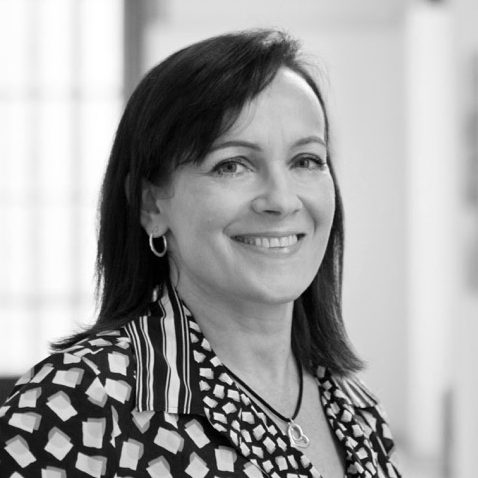
Lucy Bullivant
Symposium ModeratorDr. Lucy Bullivant PhD Hon FRIBA is a place vision strategist, curator, author and founder/Creative Director, urbanista.org. Formerly Heinz Curator of Architecture Programmes, Royal Academy of Arts, she has curated groundbreaking exhibitions globally for the Shenzhen Biennale of Architecture and Urbanism, the British Council, Vitra Design Museum and other leading institutions. Her publications include 4D Hyperlocal (2017), Recoded City: Co-creating urban futures, (co-author Thomas Ermacora, 2015); Masterplanning Futures (2012), winner of Book of the Year, Urban Design Group Awards (2014). www.lucybullivant.net
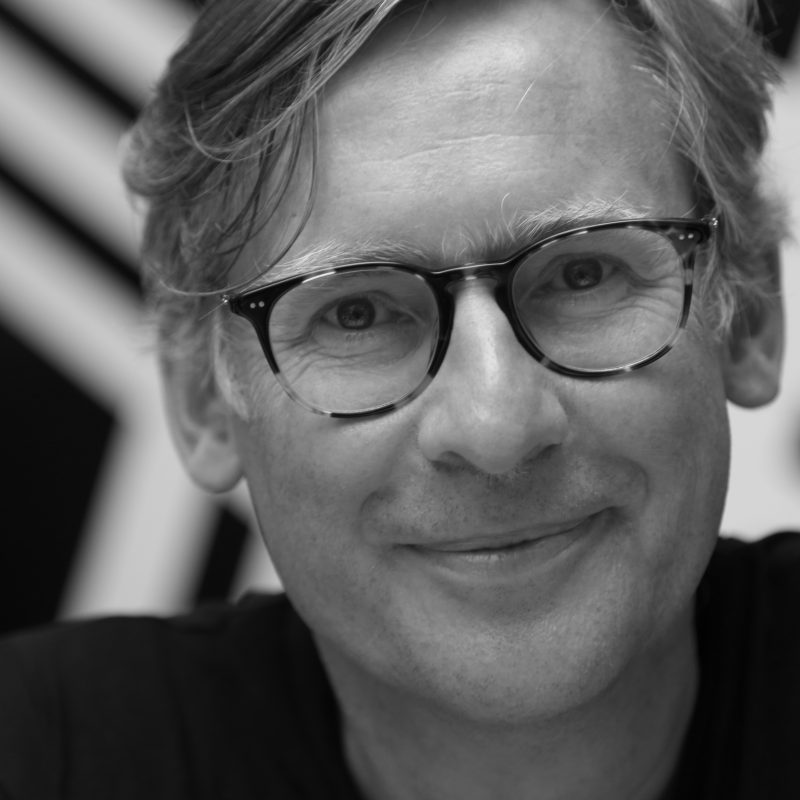
Bart Lootsma
Symposium SpeakerBart Lootsma is a historian, theoretician, critic and curator in the fields of architecture, design and the visual arts. He is Dean and Professor for Architectural Theory at the Faculty of Architecture of the University of Innsbruck. He was Guest Professor at several universities, curated ArchiLab 2004 in Orléans and the Montenegrin pavilion at the Venice Biennale in 2016. He was editor of different architectural magazines and published numerous articles and several books, among which SuperDutch and Reality Bytes.
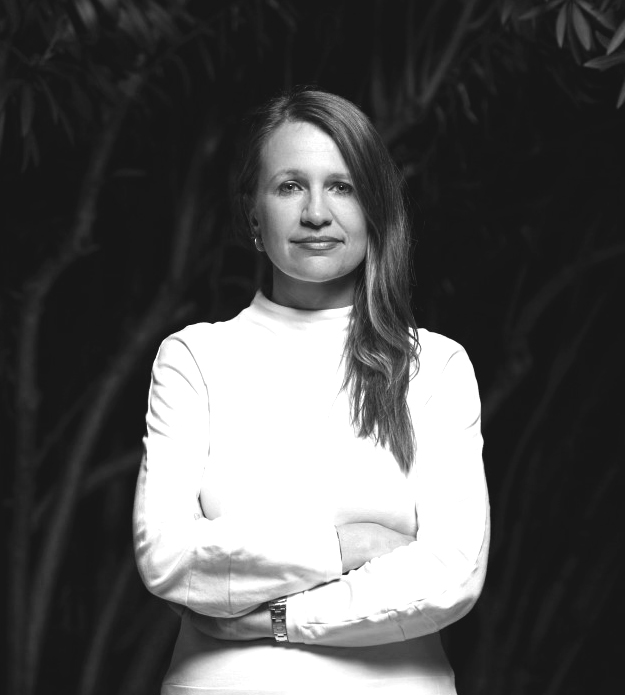
Claudia Pasquero
Symposium SpeakerClaudia Pasquero is the Head Curator of TAB 2017. Being an architect, urban designer and ecologist; she is the co-founder and director of ecoLogicStudio ltd, Director of the Urban Morphogenesis Lab , lecturer at The Bartlett UCL and Senior Tutor at the IAAC > Institute for Advanced Architecture of CataloniaI in Barcelona. Her work acts at the convergence of disciplines such as biology, computation and urban design; her projects have been exhibited internationally: in Karlsruhe (ZKM Collection, 2015), Milan (EXPO2015, 2015), Orleans (FRAC Collection, 2014), Paris (EDF Foundation, 2013), London (Architectural Association, 2011), Venice Biennales (2006; 2008; 2010; 2015; 2016), Astana Expo 2017, upon others.
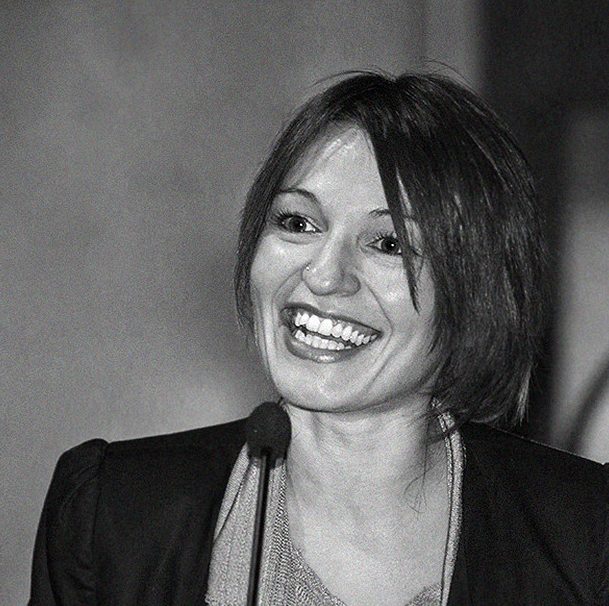
Areti Markopoulou
Symposium SpeakerAreti Markopoulou is a Greek architect, educator and urban technologist working on the intersection between architecture and digital technologies. She is the Academic Director at IAAC in Barcelona, co-editor of the Urban Next global network and co-founder of StudioP52 arts & tech gallery. Her research explores novel architectural models that combine ICTs, Material Intelligence and Fabrication, for creating adaptive built and public spaces that responds to behavioural and environmental changes over time.
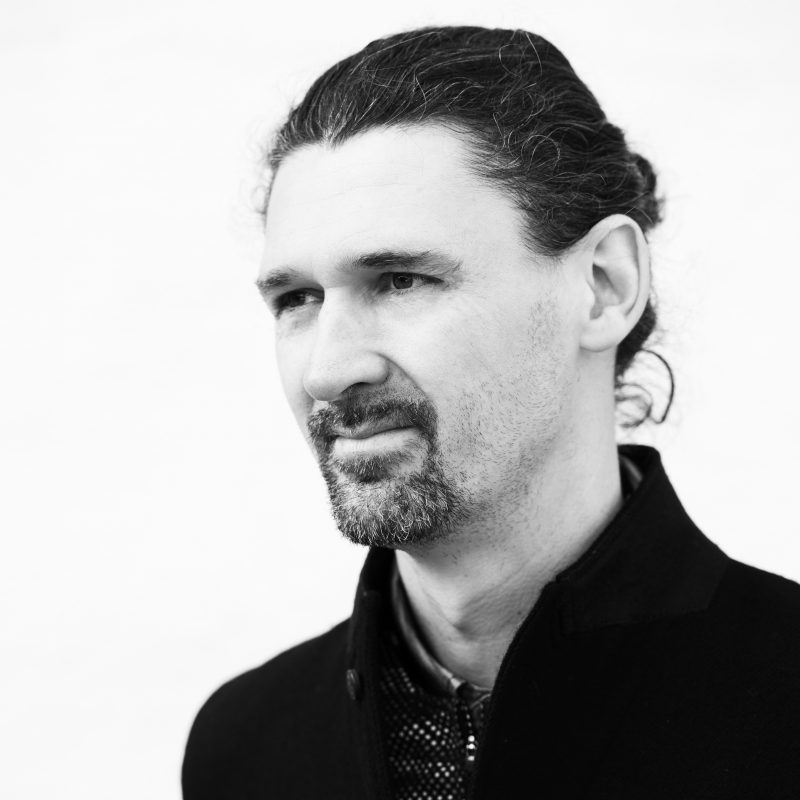
Marco Poletto
Symposium SpeakerMarco Poletto, co-founder and director of ecoLogicStudio, is an architect, author and educator. Marco has been Unit Master at the Architectural Association in London, Senior Tutor at the IAAC in Barcelona, Visiting critic at Cornell University, Research Cluster leader at the Bartlett School of Architecture in London, Adapt-r research fellow at the Aarhus School of Architecture and Distinguished Visiting Critic at Carnegie Mellon University in Pittsburgh. His projects have been published and exhibited internationally: Orleans (9th Archilab – FRAC Collection, 2014), Paris (EDF Foundation, 2013), Venice Biennale (STEMv3.0 the lagoon experiment, 2008; The Ecological Fotrprint Grotto, 2010; Solana Open Aviary, 2016), Seville Biennale (STEMcloud, 2008), Istanbul (Fibrous Room, 2008) and Milan Fuorisalone (Urban Algae Farm, 2014 -Aqua Garden, 2007) and Milan EXPO 2015.
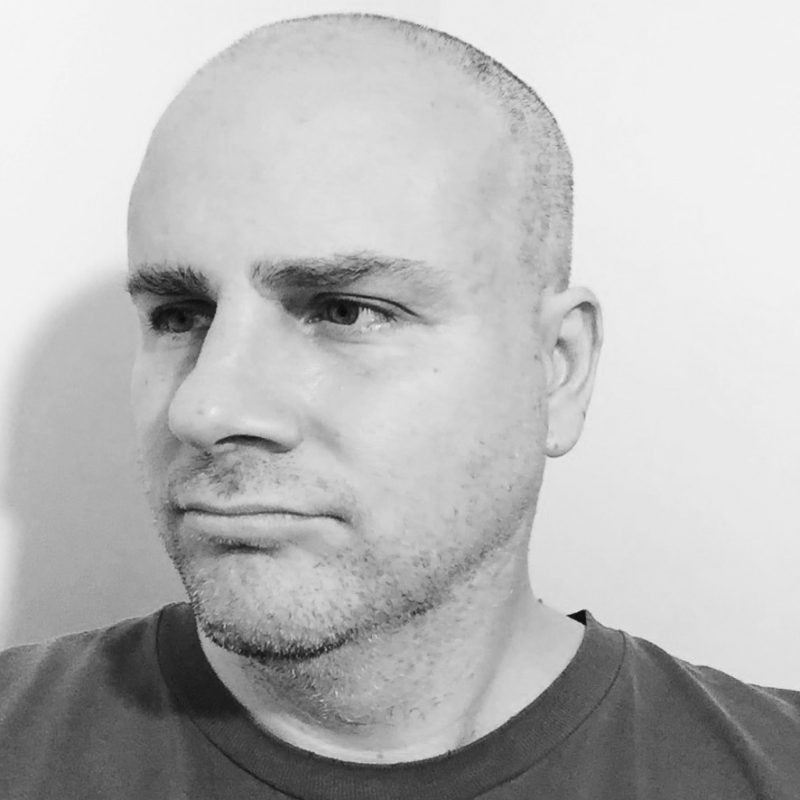
Mitchell Joachim
Symposium SpeakerMitchell Joachim, PhD, is the Co-Founder of Terreform ONE and an Associate Professor of Practice at NYU. Formerly, he was an architect at the offices of Frank Gehry and I.M. Pei. He has been awarded a Fulbright Scholarship and fellowships with TED, Moshe Safdie, and Martin Society for Sustainability. Mitchell has won many honors including; AIA New York Urban Design Merit Award, 1st Place International Architecture Award, Victor Papanek Social Design Award, Zumtobel Group Award for Sustainability, History Channel Infiniti Award for City of the Future, and Time magazine’s Best Invention with MIT Smart Cities Car.
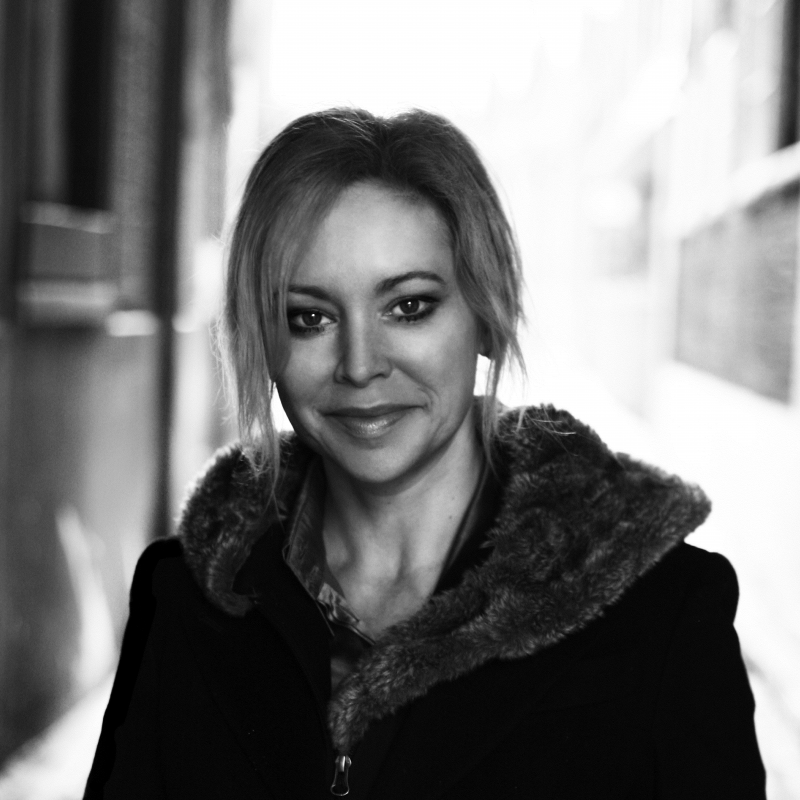
Rachel Armstrong
Symposium SpeakerRachel Armstrong is Professor of Experimental Architecture at the School of Architecture, Planning and Landscape, Newcastle University. She is a Rising Waters II Fellow with the Robert Rauschenberg Foundation (April-May 2016), TWOTY futurist 2015, Fellow of the British Interplanetary Society and a 2010 Senior TED Fellow. She takes an alternative approach to environmental design that couples the computational properties of the natural world with the productivity of soils. She calls the synthesis that occurs between these systems and their inhabitants “living” architecture.
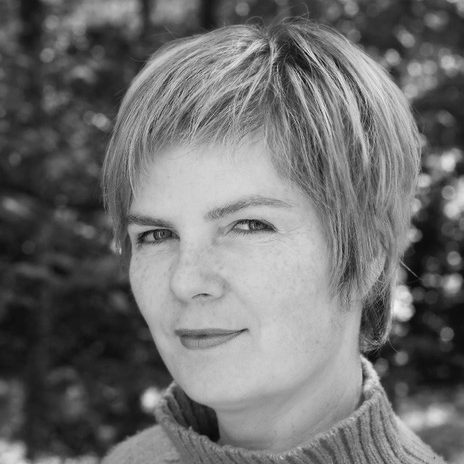
Heather Barnett
Symposium SpeakerHeather Barnett is an artist, researcher and educator working with natural phenomena and biological design, often in collaboration with scientists, artists, participants and organisms. Her practice explores how we observe, influence and understand the world around us, involving the modelling of behaviour, performing organisms, and an ongoing ‘collaboration’ with intelligent slime moulds. She is Pathway Leader on the MA Art and Science (Central Saint Martins, University of the Arts London) and is currently Leverhulme Artist in Residence with Swansea University exploring Animal Collectives.

Matias del Campo
Symposium SpeakerMatias del Campo is a registered architect and designer. He is the co-founder of architectural practice SPAN in Vienna and currently serves as Associate Professor of Architecture at the A. Alfred Taubman College of Architecture and Urban Planning at the University of Michigan. The practice’s work was featured at the 2012 Venice Architecture Biennale, at ArchiLab 2013 at the FRAC Centre, Orléans, France; the 2008 and 2010 Architecture Biennale in Beijing, as well as the 2011 solo show ‘Formations’ at the Museum of Applied Arts (MAK) in Vienna and the solo show ‘Sublime Bodies’ at the FAB Union Gallery in Shanghai, China. He has been awarded the Accelerate@CERN fellowship and served as Technical Chair of the ACADIA Conference.
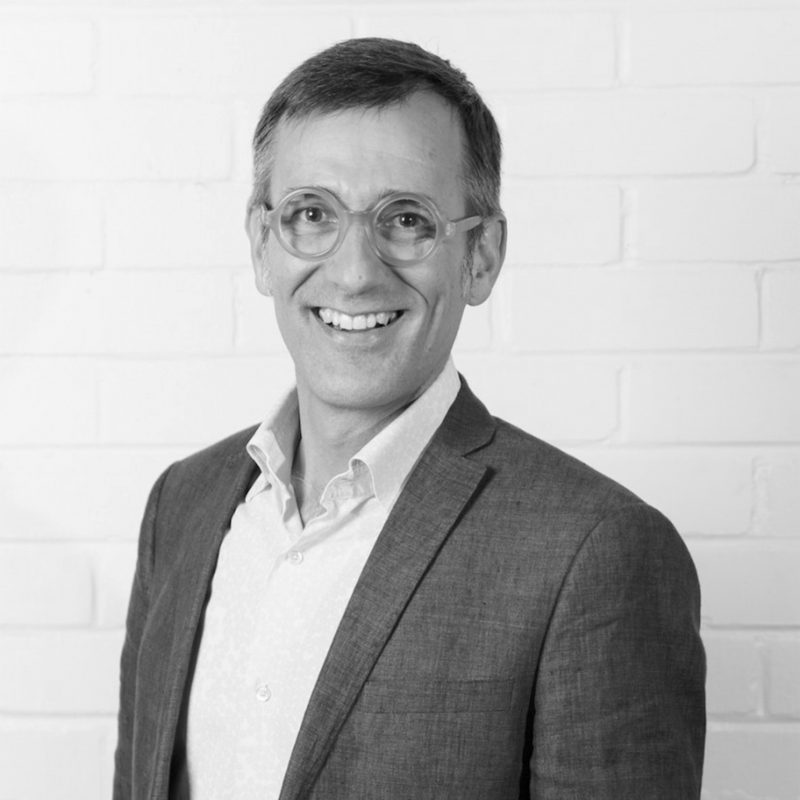
Marcos Cruz
Symposium SpeakerMarcos is an architect and Professor of Innovative Environments at the Bartlett/UCL (University College London), where he is also founding director of BiotA Lab. His research on Neoplasmatic Architecture won the RIBA Research Award in 2008. In addition to being Director of the Bartlett (2010-14), he has run the MArch Unit 20 for over 18 years. He has also taught at UCLA, University of Westminster and is currently Visiting Professor at the IAAC Barcelona. He is an author and editor of numerous books, including ‘The Inhabitable Flesh of Architecture‘ (Ashgate, 2013); several Bartlett books (UCL, 20011-13); ‘Neoplasmatic Architecture‘ (AD/Wiley, 2008). Marcos is currently Principal Investigator of a major EPSRC Design the Future research grant.
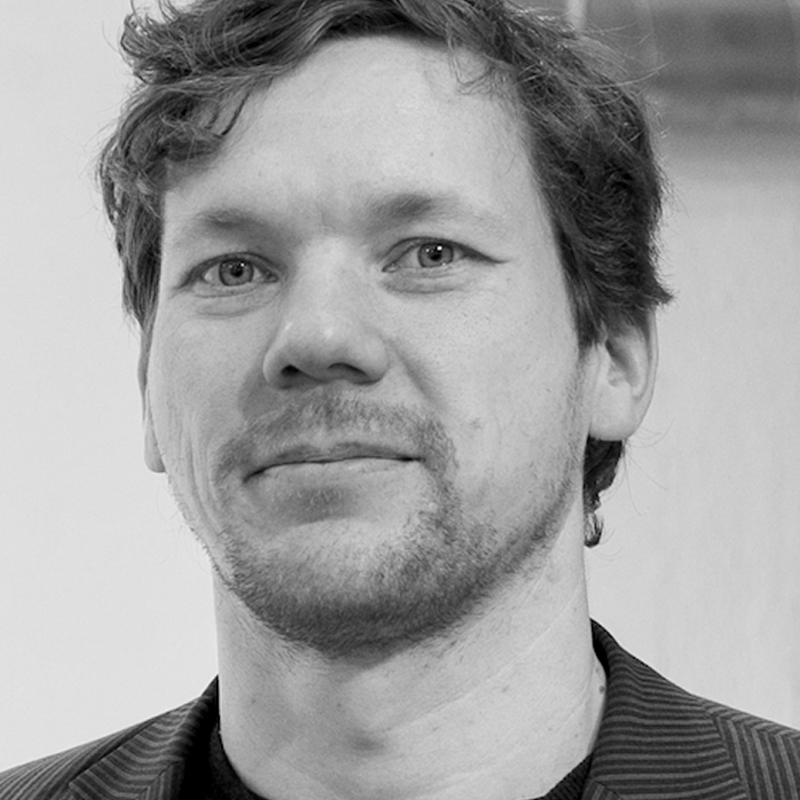
Renee Puusepp
Symposium SpeakerRenee is an architect, entrepreneur and researcher. He holds a senior researcher position at the Estonian Academy of Arts, where he currently works on the topic of pedestrian modelling in cities. He runs a London-based architectural technology consultancy Slider Studio and is also a co-founder of Creatomus Solution, which is driven by a vision for the mass-customisation of architecture and is developing an online system enabling buyers to design their own homes. Renee finished his formal training as an architect in Estonia before completing an MSc in Computing and Design and a PhD in Architecture at the University of East London. In 2011, he was awarded a doctorate degree for his thesis investigating multi-agent systems for modelling circulation in buildings and cities.
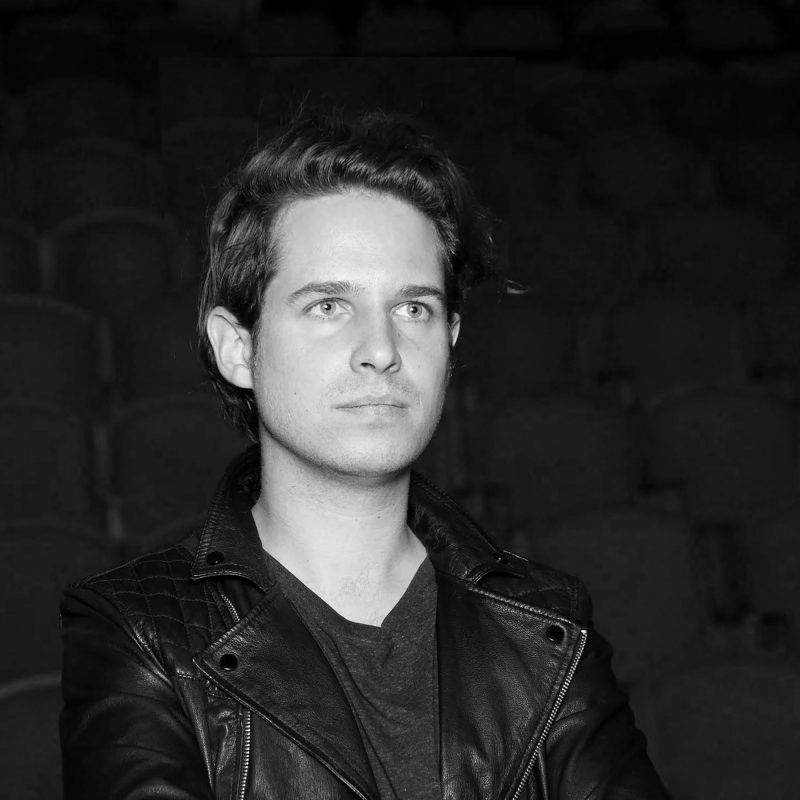
Gilles Retsin
Symposium SpeakerGilles is a London based architect and designer, and founder of Gilles Retsin Architecture, a young award-winning London based architecture and design practice, and 1st prize winner in the TAB 2017 Installation Competition. Gilles Retsin Architecture has developed numerous provocative proposals for international competitions, and is currently working on a range of schemes. Gilles’ work has been acquired by the Centre Pompidou in Paris, and he has exhibited internationally in museums such as the Museum of Art and Design in New York, the Vitra Design Museum in Weil-am-Rhein, Design Exchange Toronto and the Zaha Hadid Gallery in London. He is Programme Director of B.Pro Architectural Design (AD) at UCL/the Bartlett School of Architecture, London.
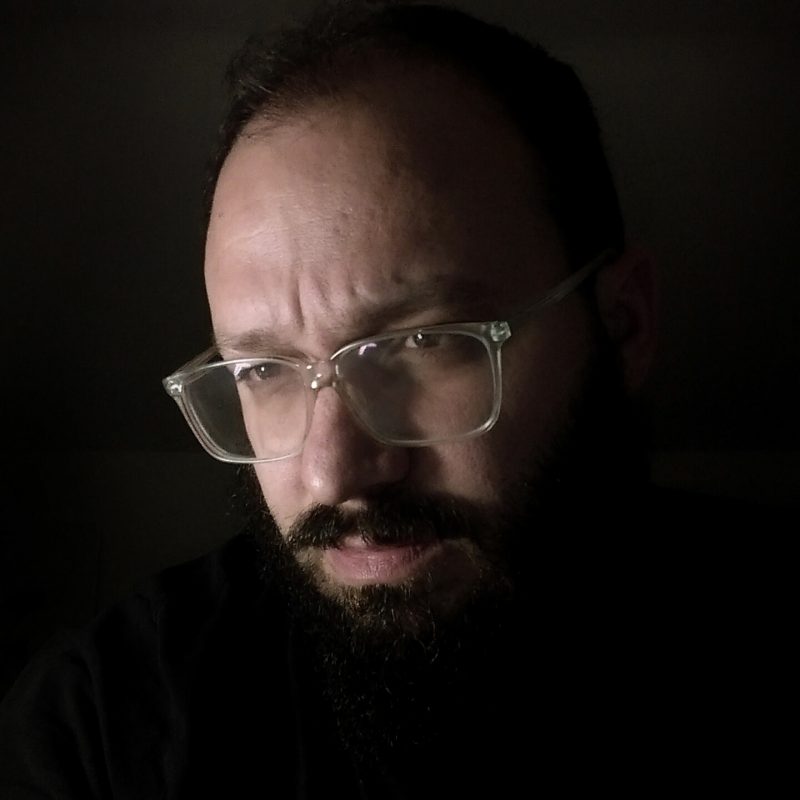
Emmanouil Zaroukas
Symposium ModeratorEmmanouil Zaroukas is an architect whose research is focused on the creative capacities of artificial neural networks, machine learning and machinic pareidolia in design. Zaroukas is a registered architect in Greece, holding a diploma in Architecture from the Aristotle University of Thessaloniki (AUTH), and a postgraduate degree in Digital Architecture Production from the Institute of Advanced Architecture of Catalonia (IAAC) Spain. Currently Emmanouil is a Visiting Lecturer at the MArch Urban Design, Bartlett School of Architecture (UCL), where he teaches Histories and Theories related to morphogenetic processes and computing in multiscalar built environments. He also teaches design at the Leicester School of Architecture where he runs the postgraduate programme Galactic Superfold, which transverses architecture with geology, biology, computation and politics within an algorithmic and speculative mode of thinking.
Location
Balti Jaam Pavilion, Põhja- Tallinn
Baltic Station, Põhja-Tallinn, Tallinn, Tallinna linn, Estonia